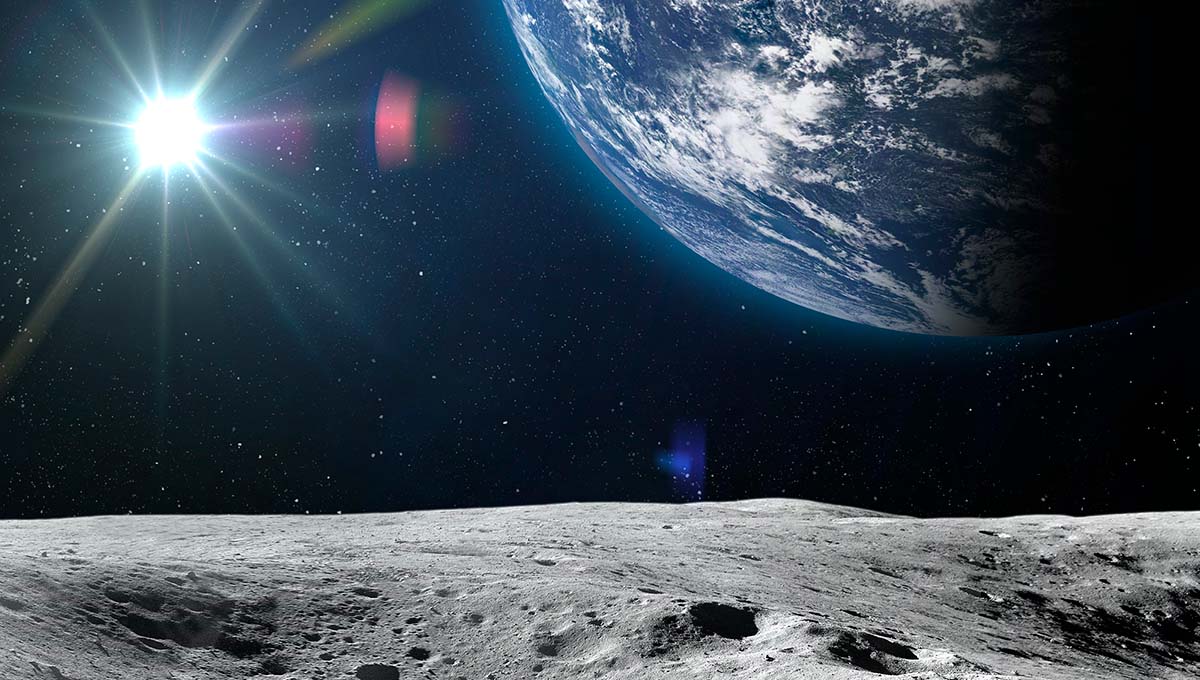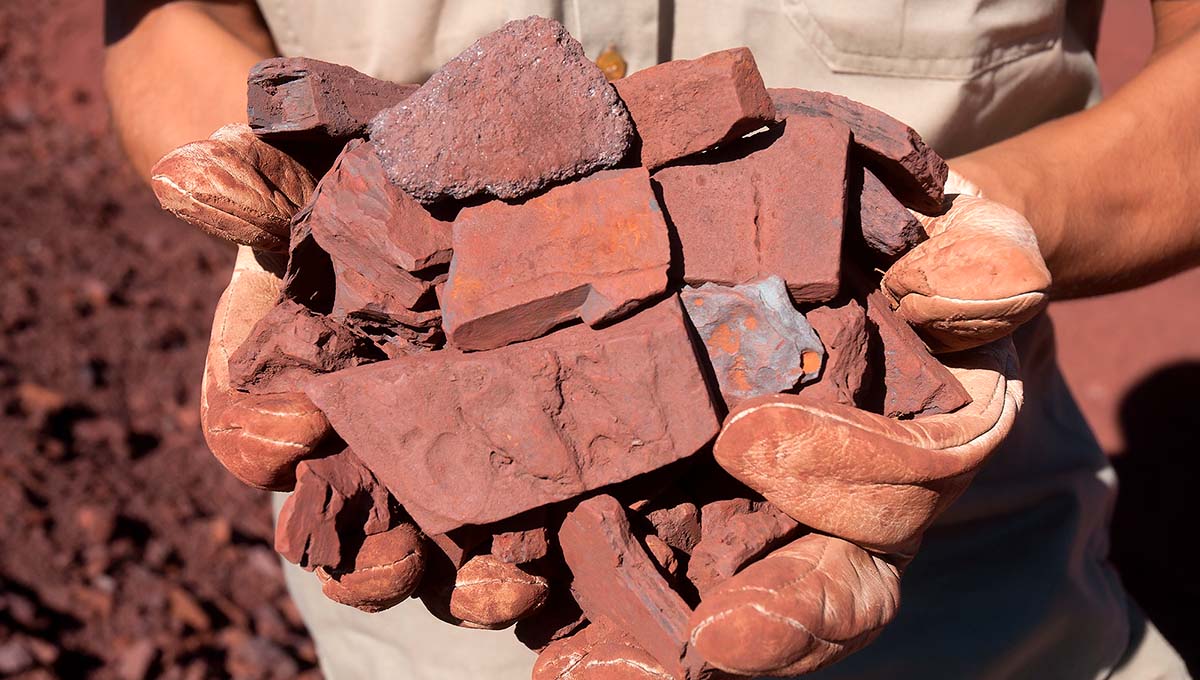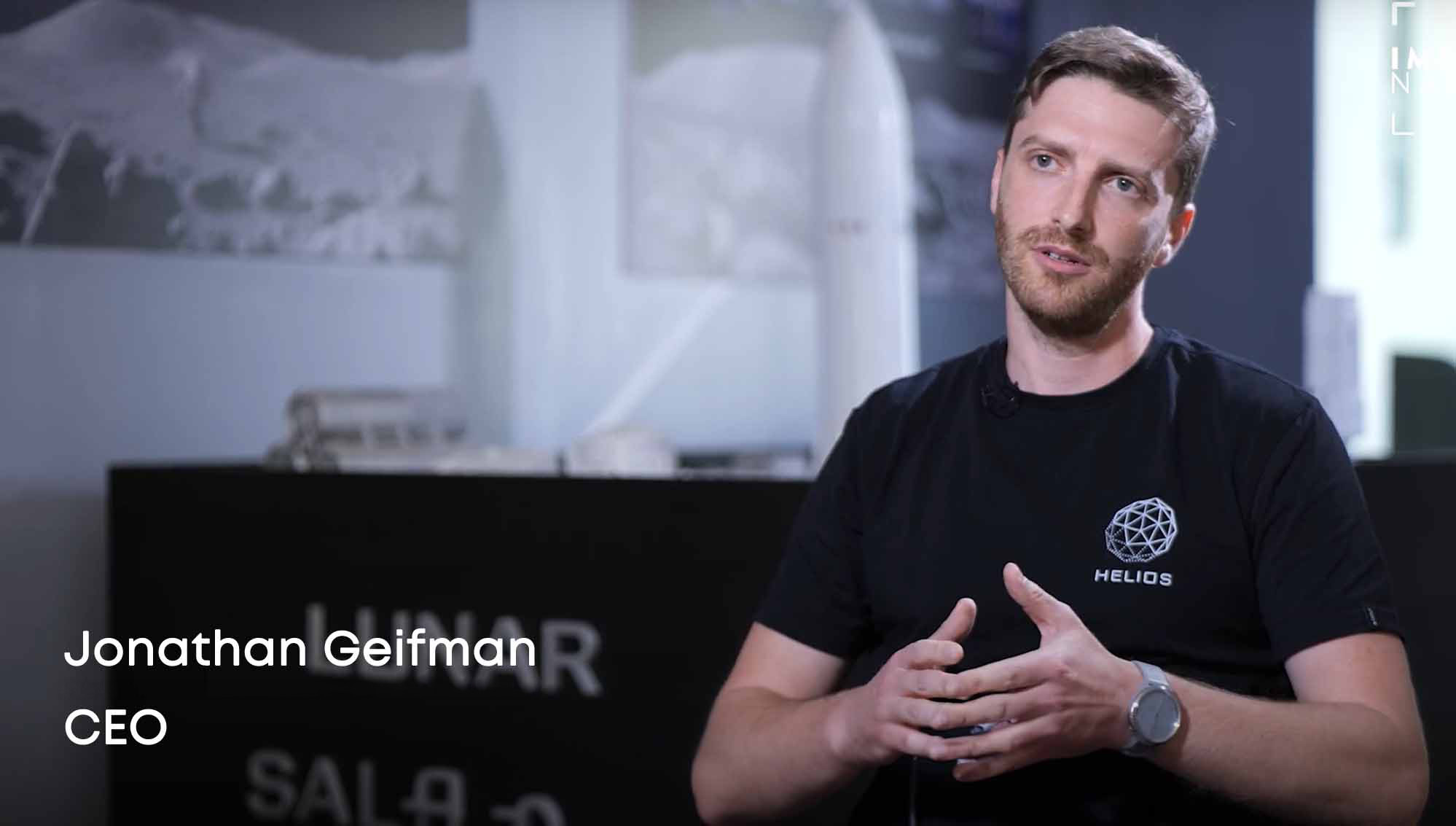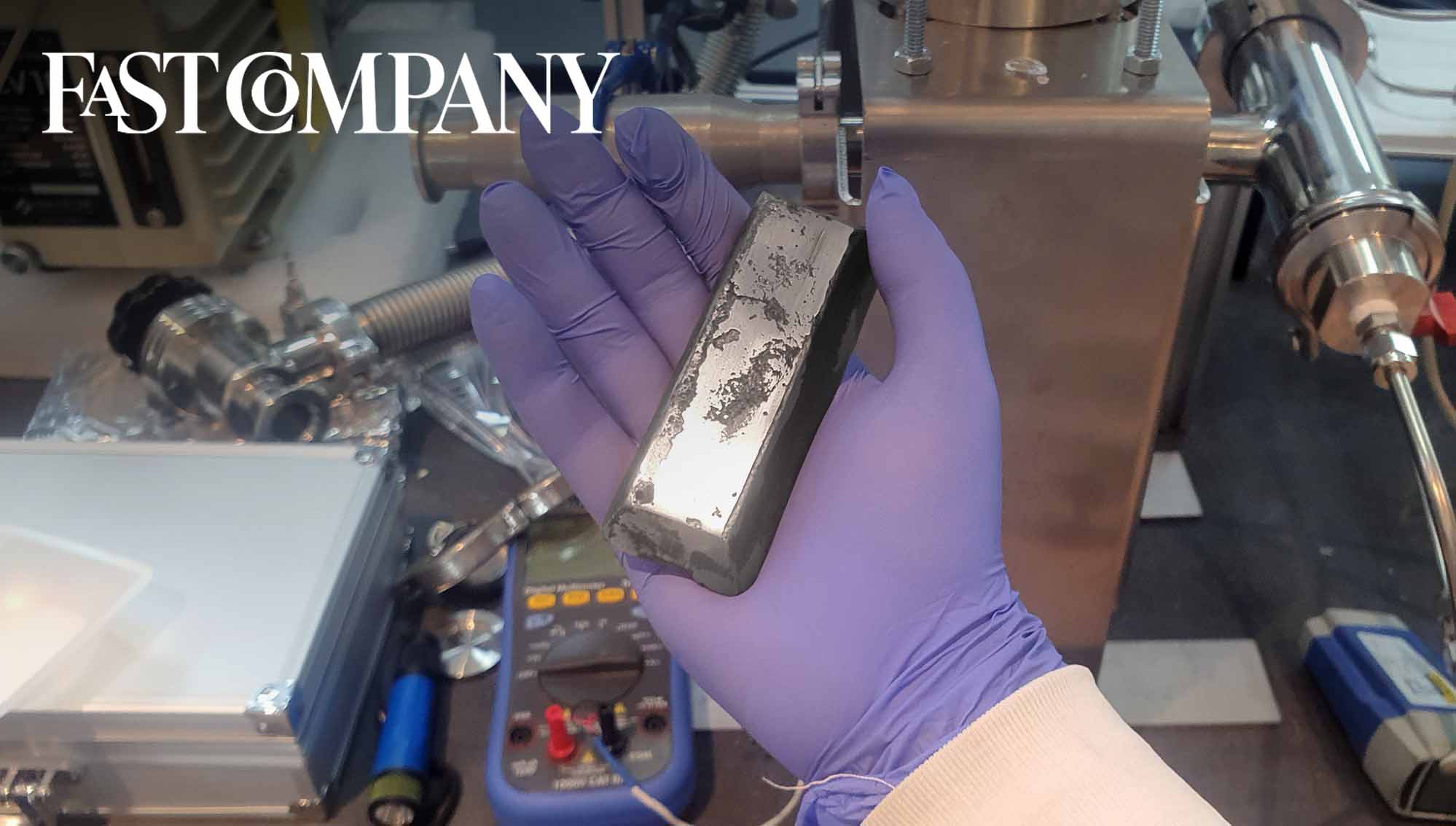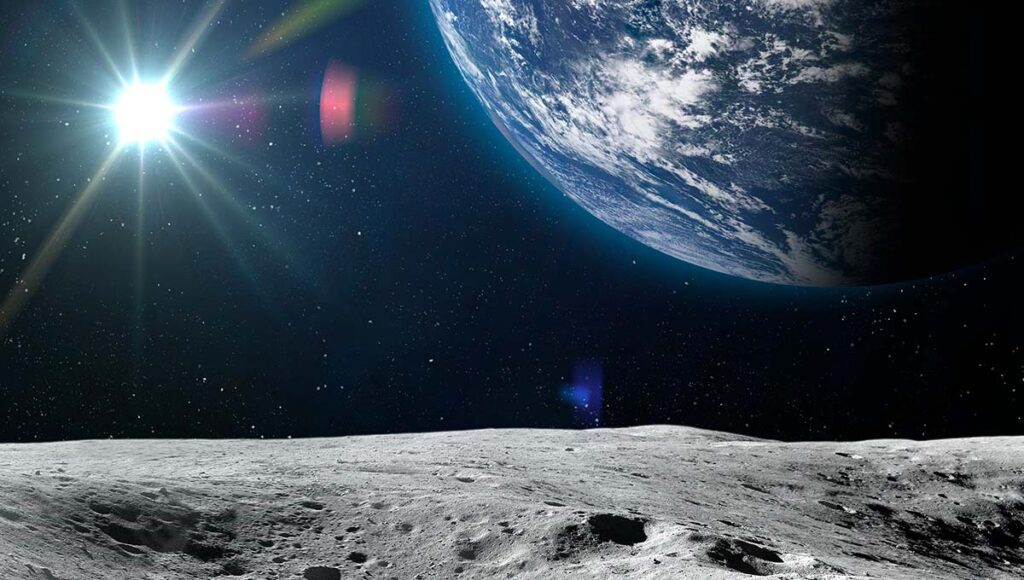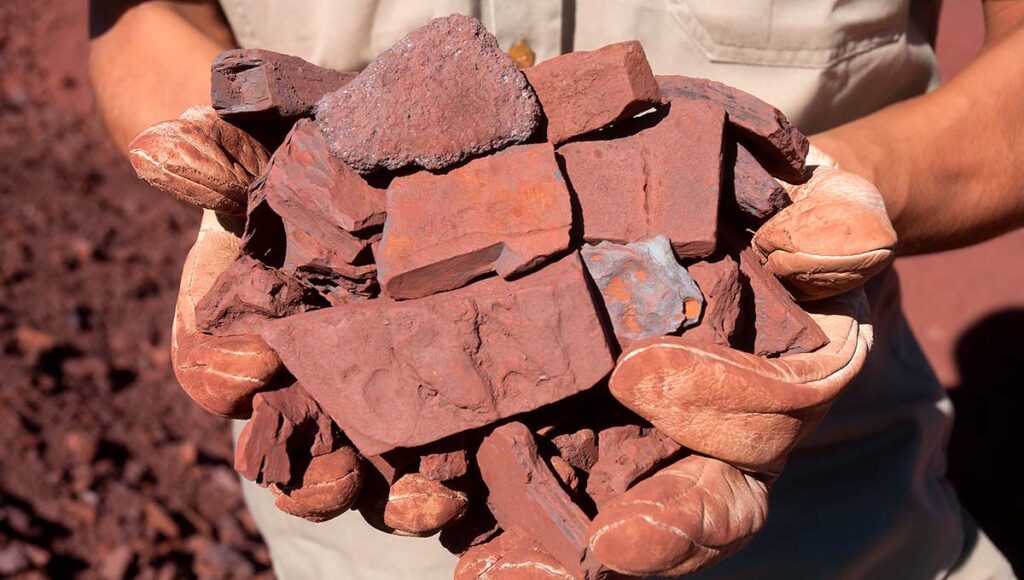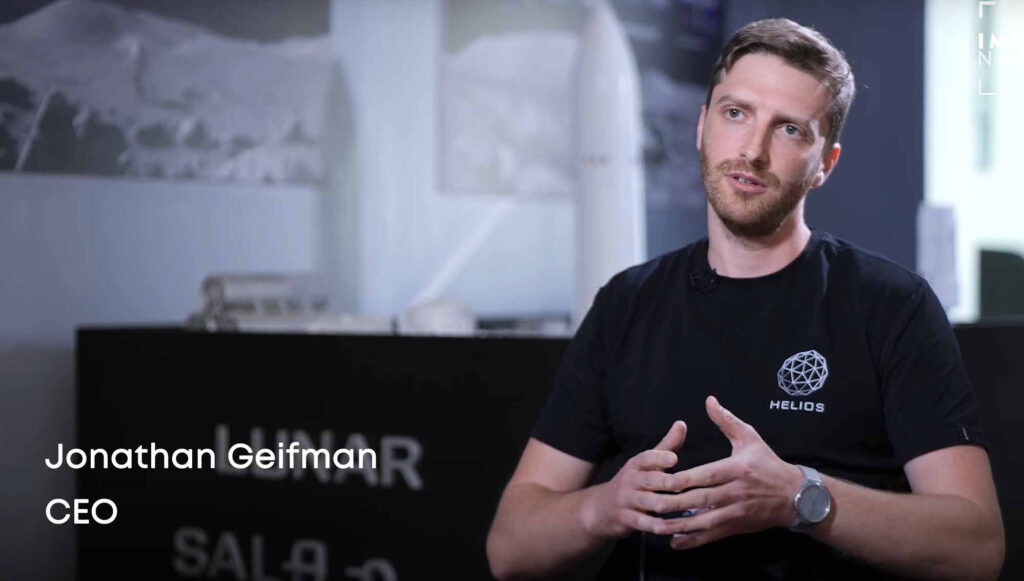Home / Our Story
WE ARE HELIOS
Decarbonizing the steel industry,
zero direct emissions at no extra cost
Helios began as a space technology company with the bold mission to extract oxygen from the moon. Faced with a severe and unforgiving lunar environment, our research team was pushed to achieve unprecedented innovation. Our challenge was to enable the separation of oxygen from lunar minerals in extreme environments, where zero emissions are not an option but a necessity.
Our efforts resulted in a breakthrough zero-emission method for metal production, applicable both in space and on Earth. This process, known as the Helios cycle™, produces iron from iron ore, using mostly thermal energy, while emitting only oxygen. It requires significantly less energy than traditional methods, dramatically cutting costs and minimizing environmental impact.
From our initial “Moonshot,” we have evolved into a leader in green steel innovation, poised to transform the trillion-dollar steel industry. Through strategic partnerships and collaborations, we are scaling our operations and advancing our ambitious vision, on Earth and beyond.
This is us
We are all part of a leading team
We are a team of researchers, scientists, and materials experts. Nearly one-quarter of the company holds a PhD and nearly half of the company are women. We were the first technology innovator ever to become a member of the World Steel Association. We are quickly growing and looking for passionate, entrepreneurially-minded people to join us.
One team, one mission
It began on the moon, but it didn’t end there.
Join us in our mission to ensure a sustainable future.

Upcoming events
We are all part of a leading team. This is us.
Meet us at one of the upcoming events, see us in person and learn more about our technology.


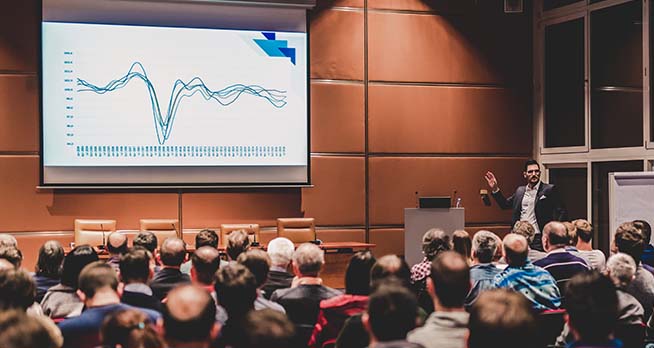
World Steel Association – Breakthrough Technology
December 2-3, 2025
Singapore
Frequently Asked
Questions
You've got questions, we've got
answers. If you don't find what
you need, contact us
Why didn’t anyone think of this sodium-based green steel process before?
Ironmaking is rooted in 500-year-old technology and 3,000-year-old chemistry. Innovation in this sector tends to be incremental due to the industry’s conservative and risk-averse nature. The sodium-based process, known as the Helios Cycle™, was originally developed for lunar oxygen production. Thus, it not only represents thinking outside the box, but it literally comes from the moon.
Why not use hydrogen to produce green steel instead?
Producing green steel with hydrogen requires green hydrogen, which involves significant energy and operational costs, far exceeding those of current ironmaking processes. The economic viability of hydrogen-based green steel depends heavily on external taxes or subsidies. While this might be feasible in niche cases or in specific countries like Sweden, this approach is not scalable for the global steel industry.
Are you planning to deploy your space technology on the Moon?
Yes, demonstrating our technology on the lunar surface is a crucial milestone as part of our long-term vision to utilize resources beyond Earth. We expect our first mission to the Moon to take place in 2028.
What steps does Helios take to ensure the safety and environmental compliance of its operations?
At every stage, we collaborate with leading experts and regulatory authorities to ensure we meet all safety and environmental compliance standards.
How does Helios plan to scale its green steel technology to meet global demand?
The Helios Cycle stands out for its ability to produce substantial volumes of iron in a relatively compact setup, outperforming both existing and developing technologies. This allows for quicker market penetration, as our full-scale furnaces will be significantly smaller than alternatives, enabling faster and more efficient scaling to meet global demand.
How does Helios fund its research and development projects?
We collaborate with leading financial firms, strategic partners, and government agencies, all of whom support us in achieving our goals and long-term vision.
What is the timeline for the commercial availability of Helios' green steel solutions?
Our pilot plant is scheduled for 2026, with our first commercial units expected to be available by 2028.
What are the potential economic impacts of the widespread adoption of Helios' technologies on the global steel market?
The operational costs of the Helios Cycle are projected to be 30% lower than current polluting technologies. Beyond the superior unit economics, the significant reduction in carbon emissions alone could save the steel industry over $200 billion.
Learn more about what Helios can do for earth and beyond
Welcome to our Knowledge Booster, your one-stop shop for green technologies enthusiasts to discover our mission and technology and learn about innovation in the field.


